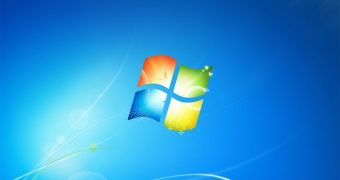Microsoft is struggling to bring Windows on as many devices as possible, but it appears that some of its efforts aren’t so effective these days.
Analyst firm Gartner says that Windows was installed on 13.96 percent of the 2.33 billion devices sold in 2013 across the world and these numbers aren’t going to change too much by year-end. As The Channel reports, Windows is expected to gain only about 0.5 percent before eventually reaching 13.7 percent. A total of 2.43 billion units are expected to sell this year.
“Microsoft is still trying to transition beyond PCs into ultra mobile and phones,” research director Ranjit Atwal was quoted as saying by the aforementioned source. “They are not making inroads, the volumes are still pretty small relative to the overall market.”
Although Windows is less appealing than expected, the PC market is doing pretty well, the analysts said, with Windows XP’s end of support pushing more customers to new computers this year.
“This will lessen the downward trend [for this year],” the analyst continued. “The PC market has shrunk, not disappeared.”
Microsoft itself is trying to make sure that PC sales are going up again, with several improvements prepared for Windows users which could be part of either Windows 8.1 Update 2 or Windows 9.
The next full Windows release, rumored to be internally codenamed Windows Threshold, would try to make the modern operating system better for the traditional mouse and keyboard combination, with Microsoft clearly trying to win back some of the users who weren’t really pleased with the changes it made to Windows 8.
For example, Microsoft is preparing to restore the Start menu in Windows, while also working on some new features to better separate the touch and the desktop SKUs. Word is that the software giant could offer options to disable the Metro interface completely when the operating system is installed on a PC.
Touch-capable devices, on the other hand, would be provided with the Modern UI exclusively, with people close to the matter hinting that Microsoft might remove the desktop from these SKUs.
The idea is as simple as it could be: the company thinks that the desktop is anyway pretty difficult to use on a touch device with a small screen, so it wants tablet users to stick to the Modern UI and thus experience the new environment without the need for switching to the desktop to perform certain tasks.

 14 DAY TRIAL //
14 DAY TRIAL //